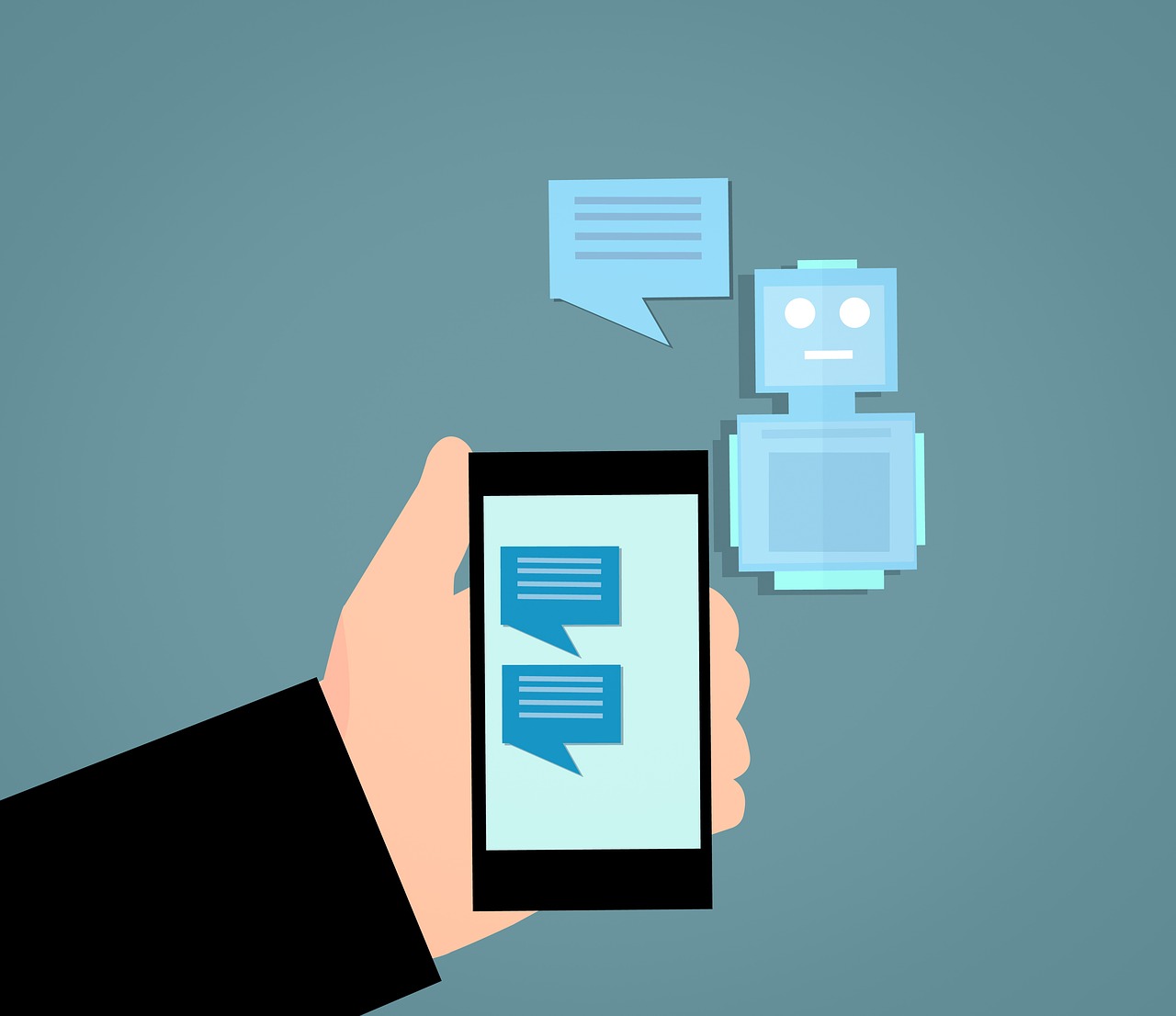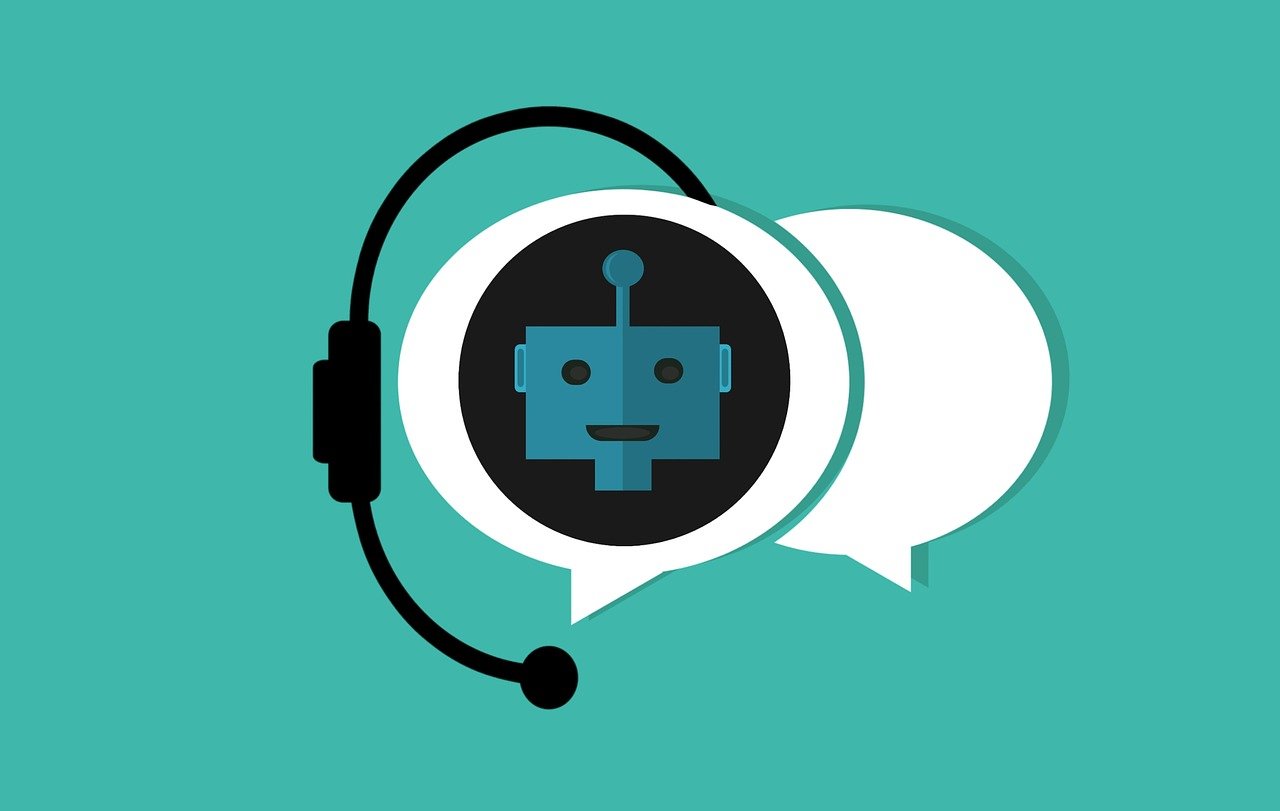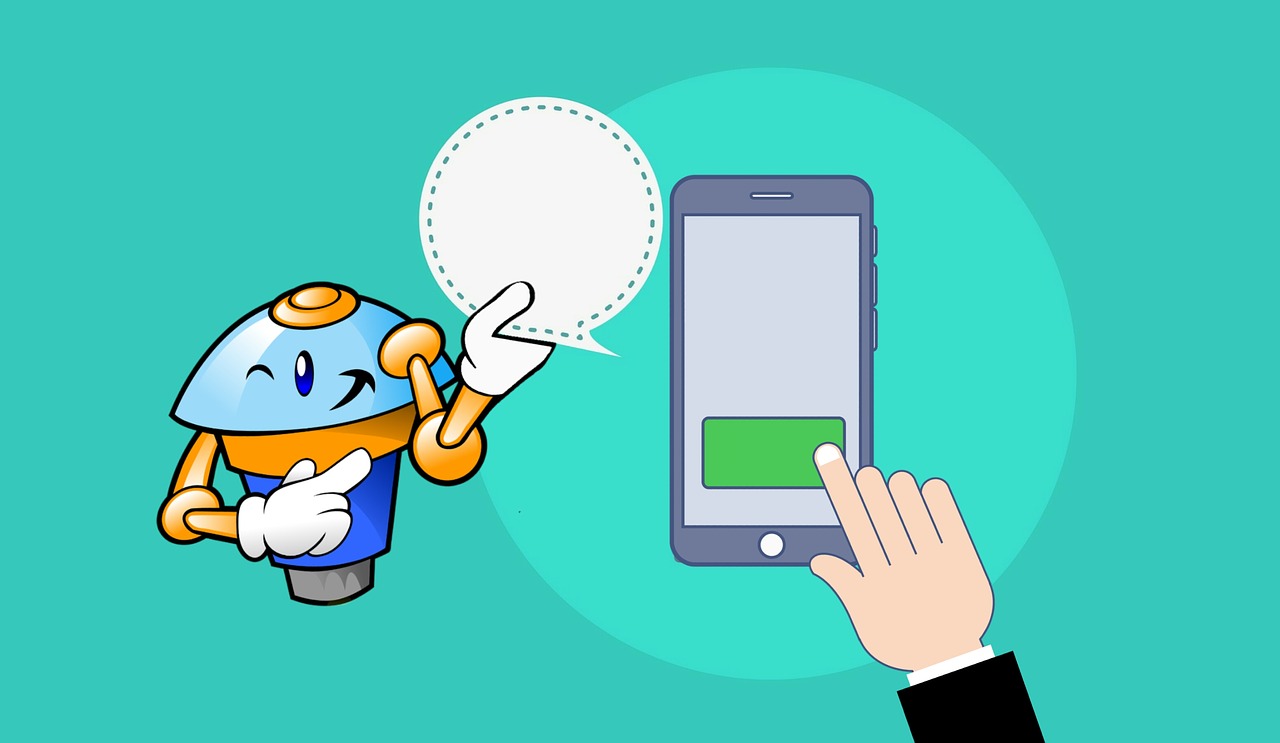The healthcare industry is constantly evolving, and innovative technologies are playing a pivotal role in transforming the way healthcare services are delivered. One such technology that is revolutionizing healthcare is chatbots. These AI-powered digital assistants are transforming patient engagement by providing personalized and real-time assistance to patients. Chatbots are being used in a variety of healthcare settings, from hospitals to clinics and even in the comfort of patients' homes. They are helping healthcare providers to improve patient care, reduce costs, and enhance patient satisfaction. In this article, we will explore the ways in which chatbots are transforming the healthcare industry and revolutionizing patient engagement. From providing medical advice to scheduling appointments, chatbots enable patients to take control of their health and receive the care they need when they need it. So, let's dive in and discover the exciting world of chatbots in healthcare!
What is Patient Engagement?
Patient engagement is a concept that refers to the active participation of patients and their families in managing their own health care.

It is a collaborative process where patients and health care providers work together to create personalized care plans that meet individual patients' needs and preferences. Patient engagement involves providing patients with the necessary knowledge, resources, and support to make informed decisions about their health and medical treatment. This includes educating patients about their medical condition, involving them in decision-making, and setting achievable goals for their health outcomes. Effective patient engagement has been shown to improve patient satisfaction, reduce healthcare costs, and enhance the quality of care provided.
What Are Chatbots in Healthcare?
Chatbots in healthcare are computer programs that simulate human interaction through messaging apps, social media platforms, or websites. They are designed to provide information, answer questions, automate patient interactions, and help patients with various healthcare services such as finding healthcare providers and scheduling appointments. Chatbots use artificial intelligence (AI) and natural language processing (NLP) algorithms to understand patients' requests and provide prompt responses.

They serve as a cost-effective and efficient solution for healthcare providers to manage patient interactions, reduce wait times, and improve patient satisfaction. The use of chatbots in healthcare is rapidly growing, and it is expected to revolutionize the industry by enabling remote healthcare delivery, providing personalized care, and improving patient engagement.
Uses of Chatbots in Healthcare
Chatbots have rapidly gained popularity in the healthcare industry for their efficiency and speed in delivering valuable services to patients. One of the most common use cases of chatbots in healthcare is appointment scheduling . This allows patients to schedule appointments directly through the chatbots with doctors, specialists or other healthcare providers. Chatbots are also helpful in sending reminder notifications to patients about their upcoming appointments, follow-up visits, or medication refills. Medication management is another use case, where chatbots help patients to monitor and manage their medications by providing timely reminders and guidance.

In addition, chatbots also serve as symptom checkers , enabling patients to check their symptoms and access recommended treatments. Finally, chatbots provide health information and education to patients, giving them access to a range of resources and information on a range of healthcare topics.
Benefits of Chatbots in Healthcare
The use of chatbots in healthcare is providing numerous benefits to both patients and healthcare providers. Some of the key benefits of chatbots in healthcare include:
1. Improved Patient Engagement
Chatbots are improving patient engagement by providing patients with personalized, real-time assistance. Chatbots are making it easier for patients to access care, manage their health, and receive medical advice.
2. Cost Savings
Chatbots are helping healthcare providers save costs by reducing the need for administrative staff and improving the efficiency of healthcare services.

Chatbots can help healthcare providers manage patient data, schedule appointments, and provide medical advice, reducing the workload of healthcare staff.
3. Enhanced Patient Satisfaction
Chatbots are enhancing patient satisfaction by providing patients with a more personalized and convenient experience. Chatbots are providing patients with real-time assistance, making it easier for them to access care and manage their health.
4. Improved Health Outcomes
Chatbots are improving health outcomes by helping patients manage their health and follow their treatment plans. Chatbots can provide patients with reminders to take their medication, track their symptoms, and provide advice on managing their health conditions.
Chatbot Development and Implementation
Developing and implementing chatbots in healthcare requires careful planning and consideration. Healthcare providers must ensure that chatbots comply with regulatory requirements, protect patient data, and deliver high-quality care.

Chatbot development involves several steps, including:
1. Defining the Problem
Healthcare providers must define the problem they want to solve with chatbots. Healthcare providers must carefully define the problem they want to solve with chatbots in order to utilize this emerging technology effectively. The first step is to clearly identify the use case and the type of chatbot that can be used to optimize the healthcare experience for patients. The problems that chatbots can help solve may range from alleviating stress and anxiety, encouraging healthy habits, providing medication reminders or even urgent care advice.
2. Designing the Chatbot
Healthcare providers must design the chatbot's user interface, conversational flow, and functionality. Healthcare providers play a critical role in developing a chatbot that delivers an efficient, user-friendly, and effective healthcare experience. To achieve this, healthcare providers must design the chatbot's interface, conversational flow, and functionality to meet the needs of the target audience.

The chatbot's interface must be easy to navigate, visually appealing, and provide relevant information to the user. The conversational flow must be natural and intuitive, taking into account the different ways people interact with chatbots.
3. Testing and Deployment
Once the chatbot is designed, healthcare providers must ensure that it delivers high-quality care and meets regulatory requirements by testing it. Proper testing is necessary to ensure that the chatbot provides accurate and authoritative information about healthcare issues. Health care providers need to check that the chatbot can provide appropriate advice and can help patients track their health records. Additionally, the chatbot should be checked to ensure that it can monitor the patient's condition and offer real-time recommendations. Regular testing ensures that the chatbot continues to meet regulatory requirements and offer the highest level of care.

The collected data from the testing process can also be used to refine the chatbot's capabilities, improve performance, and enhance user experience.
Conclusion
Chatbots are transforming the healthcare industry by revolutionizing patient engagement. Chatbots are providing patients with personalized, real-time assistance, making it easier for them to access care, manage their health, and receive medical advice. Chatbots are also helping healthcare providers save costs, enhance patient satisfaction, and improve health outcomes.
The use of chatbots in healthcare is still in its early stages, and there is significant potential for further development and implementation. As machine learning and AI continue to advance, chatbots will become an increasingly important part of healthcare services, providing high-quality care and improving patient engagement.
Click Here To Learn More
 Add Row
Add Row  Add
Add 




Write A Comment